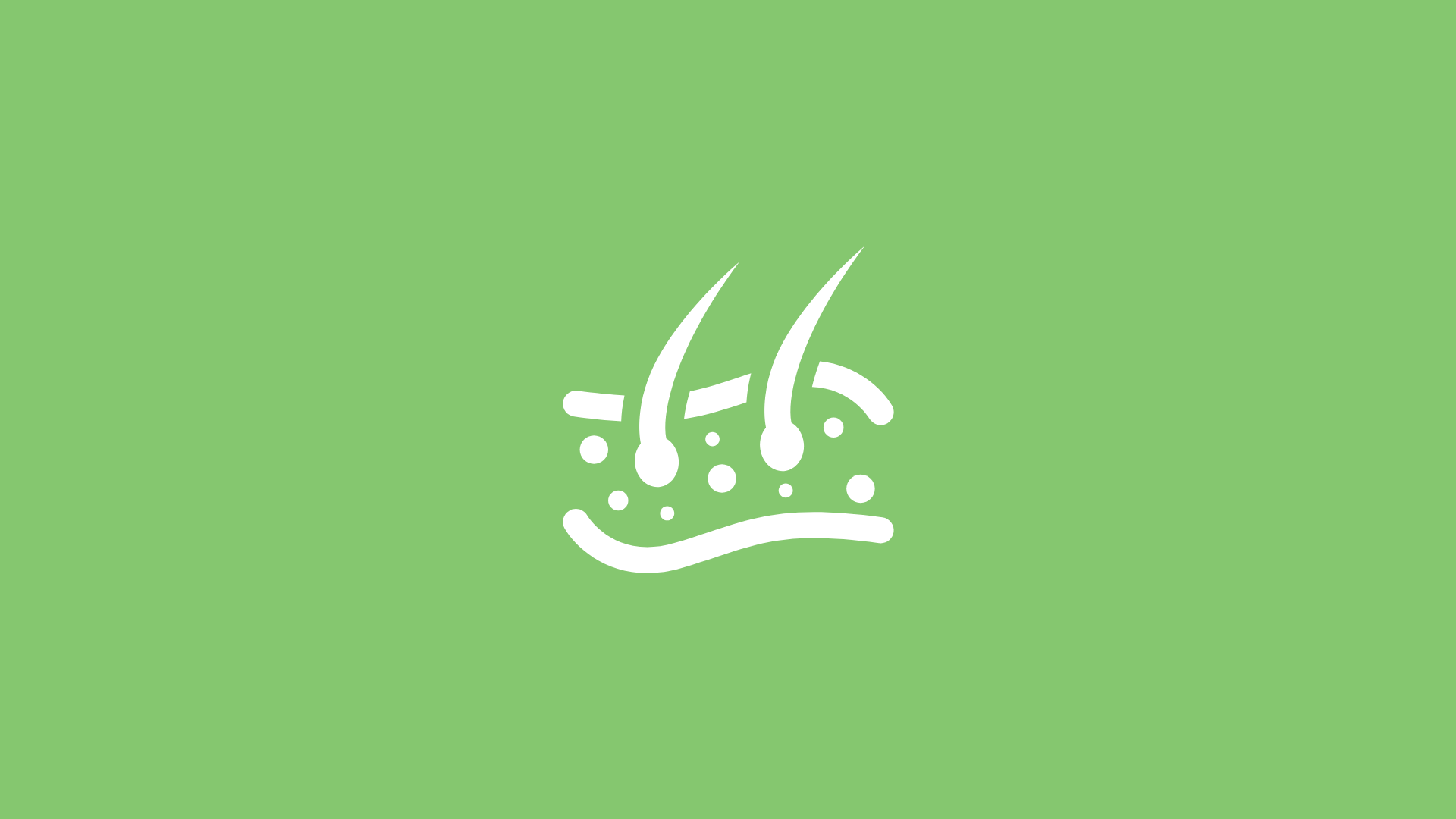Common Scalp Issues and Their Impact on Hair
a part of the SCALP CARE ESSENTIALS SERIES

1. Hair Loss: This can be noticed by a large amount of hair in the drain after you wash your hair or find clumps of hair in your brush. Hair that falls out easily with gentle pulling may be a sign of hair loss.
Treatment includes medications, surgery, laser therapy, wigs, and hairpieces. Prednisone, Minoxidil, Spironolactone, Flutamide, and Finasteride are medications. Natural treatments include scalp massages and applying aloe vera or essential oils like coconut and lemon oil.
2. Male Pattern Baldness: Hair loss at the temples of the head is a possible sign of male pattern baldness. Some with male pattern baldness develop a bald spot or hairline that recedes to form an “M” shape.
Some home remedies include adequate intake of vitamins like biotin and minerals like calcium and zinc, avoiding overexposure to the sun, limiting the use of chemical treatments and hair products, and proper hygiene.
3. Seborrheic Eczema (Cradle Cap): This common and self-limiting skin condition is seen in infants and young children between the ages of 3 weeks and 12 months. It’s painless and non-itchy. Yellowish, greasy scales appear on the scalp and forehead that flake off.
Treatment includes medications like Hydrocortisone, Fluocinolone, Ketoconazole, and Ciclopirox and self-care practices like using gentle soap and shampoo to remove oiliness and the buildup of dead cells.
4. Malnutrition: Deficiency of one or many dietary vitamins or nutrients due to low intake or poor absorption in the intestines can cause hair loss.
Treatment may involve dietary changes, such as eating foods high in energy and nutrients, support for families to help them manage factors affecting the child’s nutritional intake, treatment for any underlying medical conditions causing malnutrition, and vitamin and mineral supplements.
5. Psoriasis: Psoriasis typically results in scaly, silvery, sharply defined skin patches. It’s commonly located on the scalp, elbows, knees, and lower back. It may be itchy or asymptomatic.
Treatment includes medications such as Methoxsalen, Methotrexate, Etanercept, Ustekinumab, Secukinumab, Tazarotene, Calcipotriene, Tacrolimus, and Pimecrolimus, as well as light therapy.
6. Hypothyroidism: Symptoms include brittle hair and nails, hair loss, and dry skin.
Treatment usually involves taking the synthetic thyroid hormone Levothyroxine. Natural remedies may include reducing their intake of sugar and processed foods and getting more vitamin B12 and selenium.
7. Tinea Capitis: This is a fungal infection that affects your scalp and hair shafts. Itchy, flaky patches appear on the scalp. Brittle hair, hair loss, scalp pain, low fever, and swollen lymph nodes are other possible symptoms.
Treatments include oral antifungals and medicated shampoo. Keeping the affected area clean and dry, disinfecting or replacing hair tools or other objects such as hats that might be contacting the area, and washing bed sheets and pillowcases regularly can help prevent reinfection.
8. Hashimoto’s Thyroiditis: This is caused by an inappropriate immune response to the thyroid gland.
Treatment primarily involves thyroid hormone replacement therapy. Some natural treatments may help manage symptoms of Hashimoto’s Thyroiditis. These include reducing their intake of sugar and processed foods and getting more vitamin B12 and selenium.
These conditions can lead to various symptoms, such as itching, discomfort, rashes, bumps, flakes, and even hair loss. If you’re experiencing unpleasant scalp issues, it’s a great idea to check in with a board-certified dermatologist for a thorough evaluation of your scalp and to come up with a treatment plan that will support a healthy head of hair.
Read the next article in the Face Care Essentials Series: Daily Scalp Care Routine.
